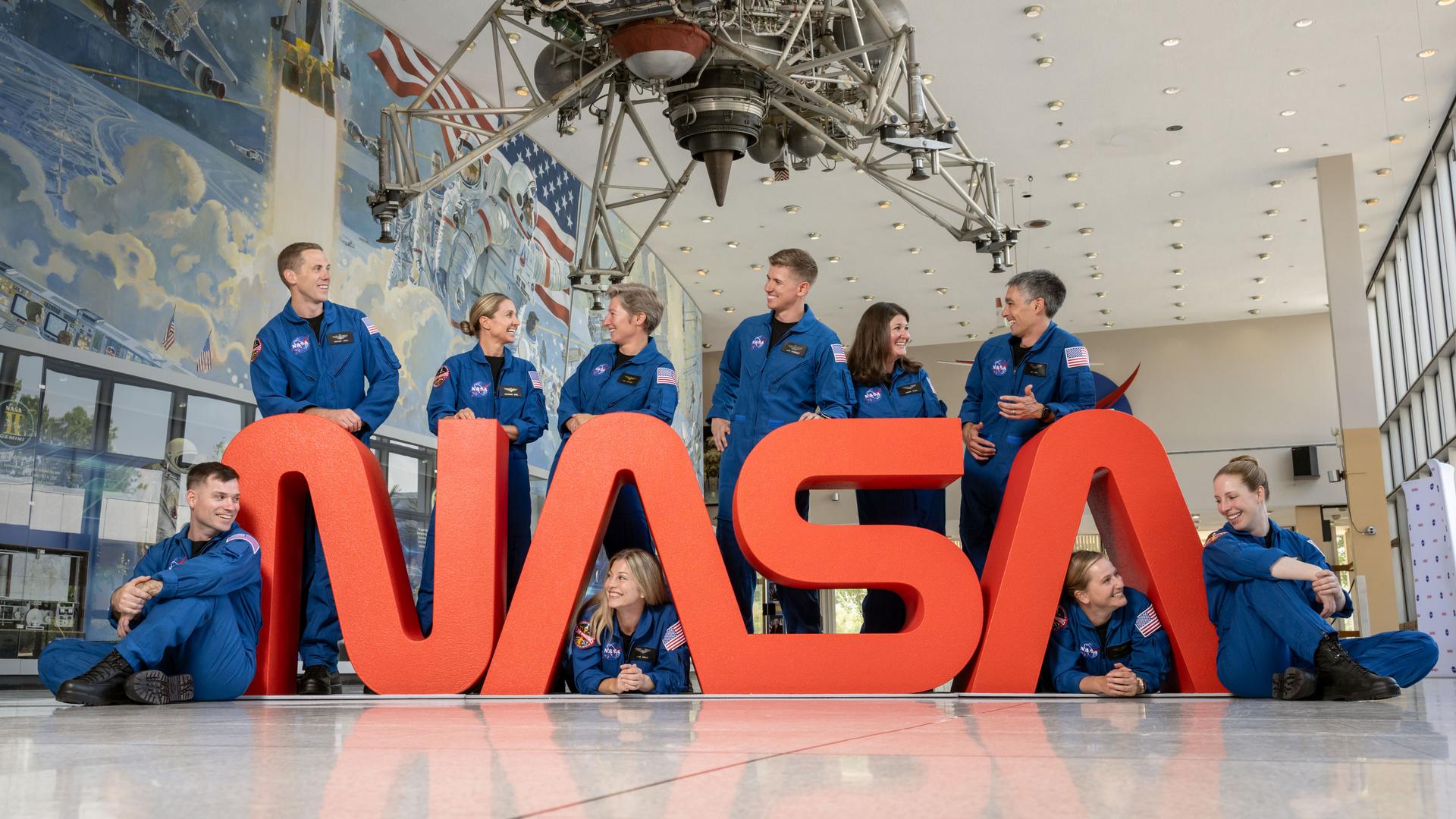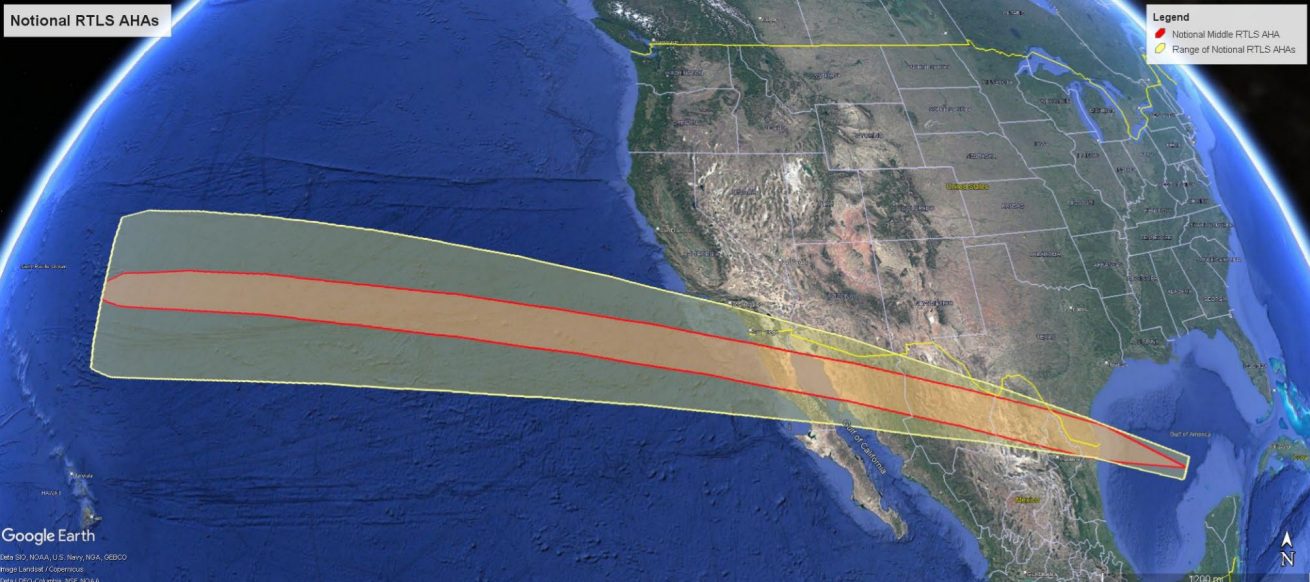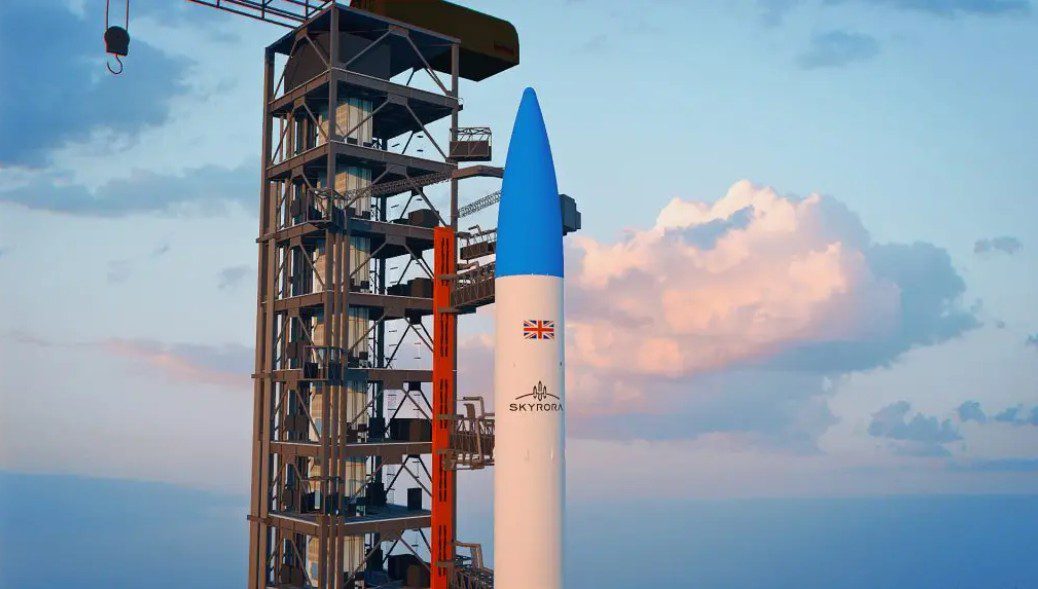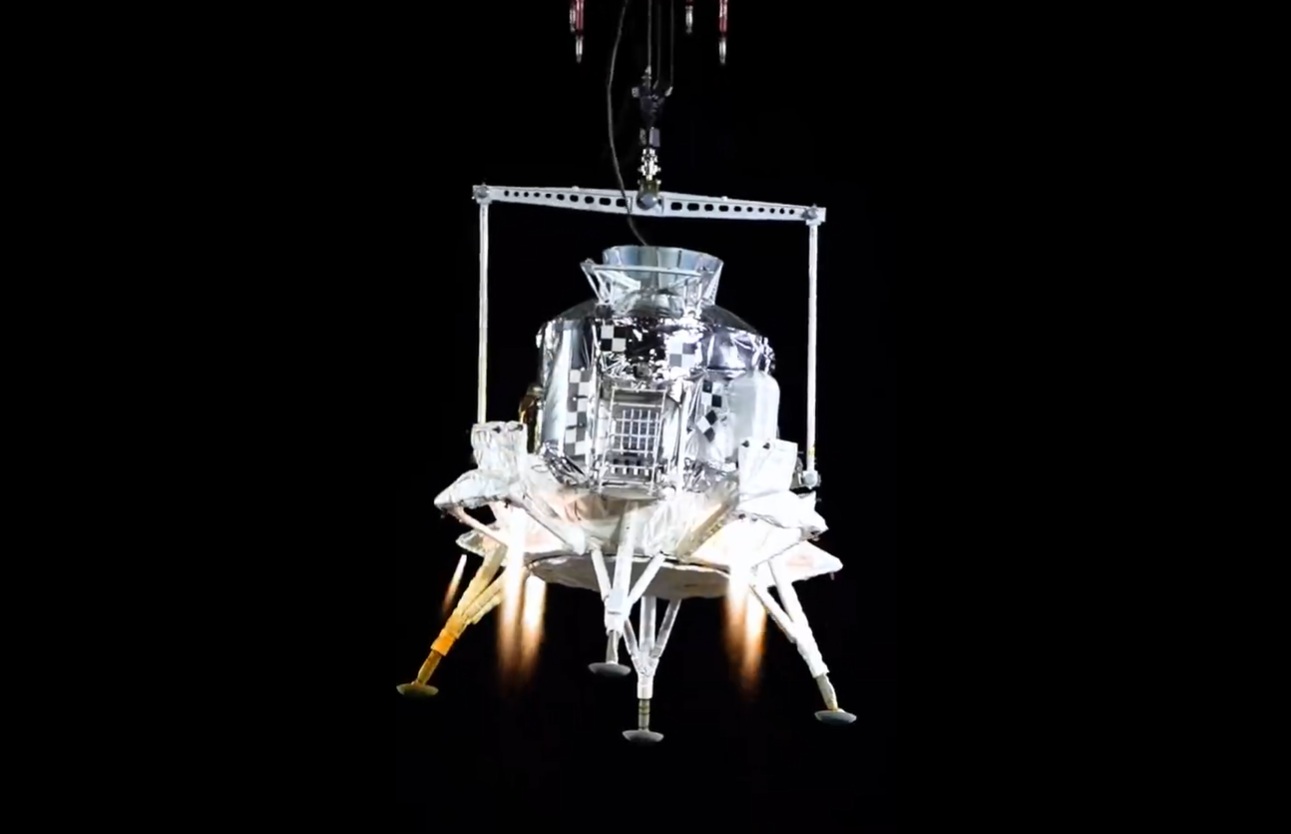As reported by Flightglobal, the US Air Force has now its its back on liquid-fuelled flyback boosters as it shut down its Reusable Rocket Booster programme due to budget cuts. This total halt, which included its Pathfinder technology demonstrator programme, is actually against the advice of the US National Research Council. In a report, the council doubted the business case for going into full operation with boosters but noted that the research should at least continue.
Boeing’s Reusable Booster System preliminary design will remain just an artist’s concept, leaving the field open to Russia. Courtesy Boeing
As it plans its expendable Ariane 6 rocket, the European Space Agency (ESA) had similar doubts about the economics of employing similar reusable boosters for such a vehicle, but remains interested in this research, especially in that currently being performed by Russia’s rocket design firm, Khrunichev.
Khrunichev has eschewed using LOx/kerosene (the US Air Force choice) for their planned liquid flyback boosters, in favour of using liquid natural gas/methane and LOx (Liquid Oxygen) This propellant combination is much less given prone to “coking” (carbon deposits) which would need to be cleaned off before each flight, damaging reusable economics.
At the International Astronautical Congress (IAC) in Naples in early October, Professor Anatoly Kuzin of Khrunichev described how, in addition to this advantage how such engines would also given a better performance in terms of specific impulse compared to engines run on LOx/kerosene.
The winged boosters, derivatives from the earlier Baikal design emanating the Russian design firm Molniya, are designed to separate from an Angara-class core vehicle at Mach 7 and at 55km altitude and then rocket back to the launch site, landing as gliders on extended straight wings. These boosters would be designed to fly 25 times.
The technology development programme is funded until the end of 2013 and Kuzin expects that this this will be extended noting that Russia is serious about developing such boosters which could be flying by 2020.
Of course, reusabilty is not dead yet in the West. In separate commercial efforts, both Space Exploration Technologies (SpaceX) and Blue Origin both plan to eventually field fully reusable vertical landing first stages for their respective two-stage rocket launch systems.
Meantime, with some limited ESA assistance, Skylon air-breathing spaceplane research continues at Reaction Engines Limited which, if it can be shown to work successfully, could one day allow weekly fully reusable single-stage-to-orbit flights into orbit. The Skylon space plane’s SABRE engine design uses cooled air and LOx with Liquid Hydrogen propellants, which, while clean and coking-free, do have greater volumetric and storage demands compared to other propellant combinations. The writer remains a small (and hopeful) investor in this technology.







